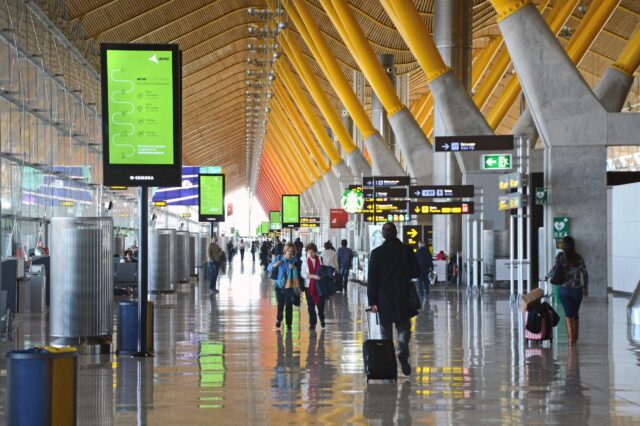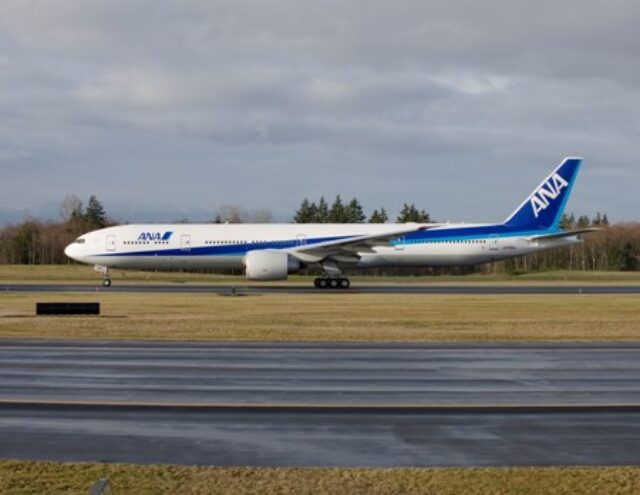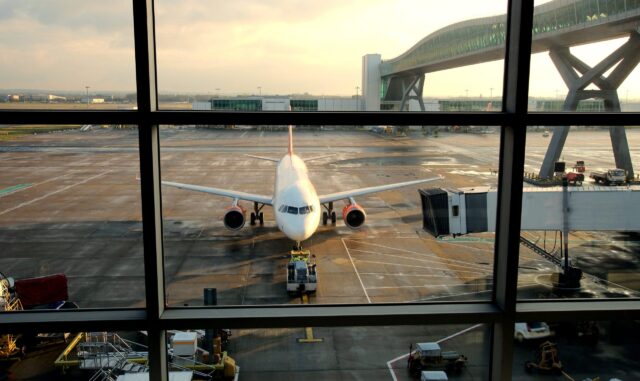UK embarks on ‘largest redesign of airspace since 1950s’

June 3, 2025

The UK government has proposed new legislation to overhaul the country’s airspace for the first time since the 1950s, aiming to reduce flight delays, cut emissions, and support airport growth.
The changes, laid before Parliament on 2 June, will enable the creation of the UK Airspace Design Service (UKADS), a new body run by NATS (En Route) plc and set to be operational by the end of 2025.
With annual flight numbers now exceeding 2.7 million, up from just 200,000 when the airspace was originally designed, the government says a modernised system is essential to manage future growth, improve resilience, and support the long-term sustainability of the aviation sector.
UKADS will initially focus on redesigning London’s congested airspace and will later expand nationwide.
The new structure is expected to improve flight efficiency, reduce aircraft holding and in the process cut noise and air pollution. It could also help pave the way for new technologies such as drones and electric air taxis.
Aviation Minister Mike Kane said: “Redesigned ‘skyways’ will turbocharge growth in the aviation industry, not least by boosting airport expansion plans and supporting job creation, driving millions into the UK economy as part of the Plan for Change.
“Modernising our airspace is also one of the simplest ways to help reduce pollution from flying and will set the industry up for a long-term, sustainable future.”
The Department for Transport is working with the Civil Aviation Authority (CAA) to oversee delivery and maintain regulatory oversight of UKADS.
Rob Bishton, Chief Executive of the UK Civil Aviation Authority, said: “Modernising our airspace infrastructure is key to enabling the growth of the sector and helping mitigate its impacts.
“Our work with government and stakeholders on the creation of the UK Airspace Design Service is another important step in the journey to streamline and improve confidence in the ability to deliver airspace change decisions.”
Martin Rolfe, CEO of NATS, added: “The UK’s airspace network is one of the busiest and most complex in the world. We handle a quarter of Europe’s traffic despite having only 11% of its airspace, with one of the best safety and delay records anywhere. However, we have to modernise airspace if we are to maintain this level of performance as traffic grows towards 3 million flights per year.
“The government’s announcement to create a UK Airspace Design Service is a crucial step, building on the work we’ve already completed in other parts of the UK. We look forward to working with the government and the CAA to finalise the details regarding the best way to implement the plan and the processes required to ensure UKADS is successful.”
The move has been welcomed by the aviation sector, including airport and airline representatives. Karen Dee, Chief Executive of AirportsUK, said: “The UK’s airspace is a critical piece of our national infrastructure and these proposals will help modernise it, bringing forward new technologies and routing methods that will make it more efficient, cleaner, and provide passengers with a better experience.
“Our airspace is some of the most complex in the world and we welcome the new UK Airspace Design Service (UKADS) that will bring together all the parties involved to help overcome some of the challenges this creates.
“Airports have led the calls for this approach to be adopted and we are pleased that government is fast-tracking it for implementation by the end of the year. Our members, firstly in the London area and then perhaps more widely across the UK, look forward to getting to work with UKADS to deliver the changes that will make our airspace fit for the 21st century.”
Tim Alderslade, CEO of Airlines UK, added: “Modernising UK airspace is long overdue and these changes will help to speed up a programme that will provide tangible reforms, from a reduction in delays, improved resilience and lower carbon emissions.
“This is a major priority for airlines and we look forward to working with Ministers and all parts of UK aviation to complete a once in a generation infrastructure programme as quickly as possible and ideally by the end of the decade, so we can continue delivering for passengers and cargo customers whilst meeting our commitment to net zero.”
Alison FitzGerald, CEO of London City Airport, and Heathrow’s Chief Operating Officer, Javier Echave, also backed the reforms, highlighting their potential to reduce delays, unlock growth, and improve the passenger experience.
















